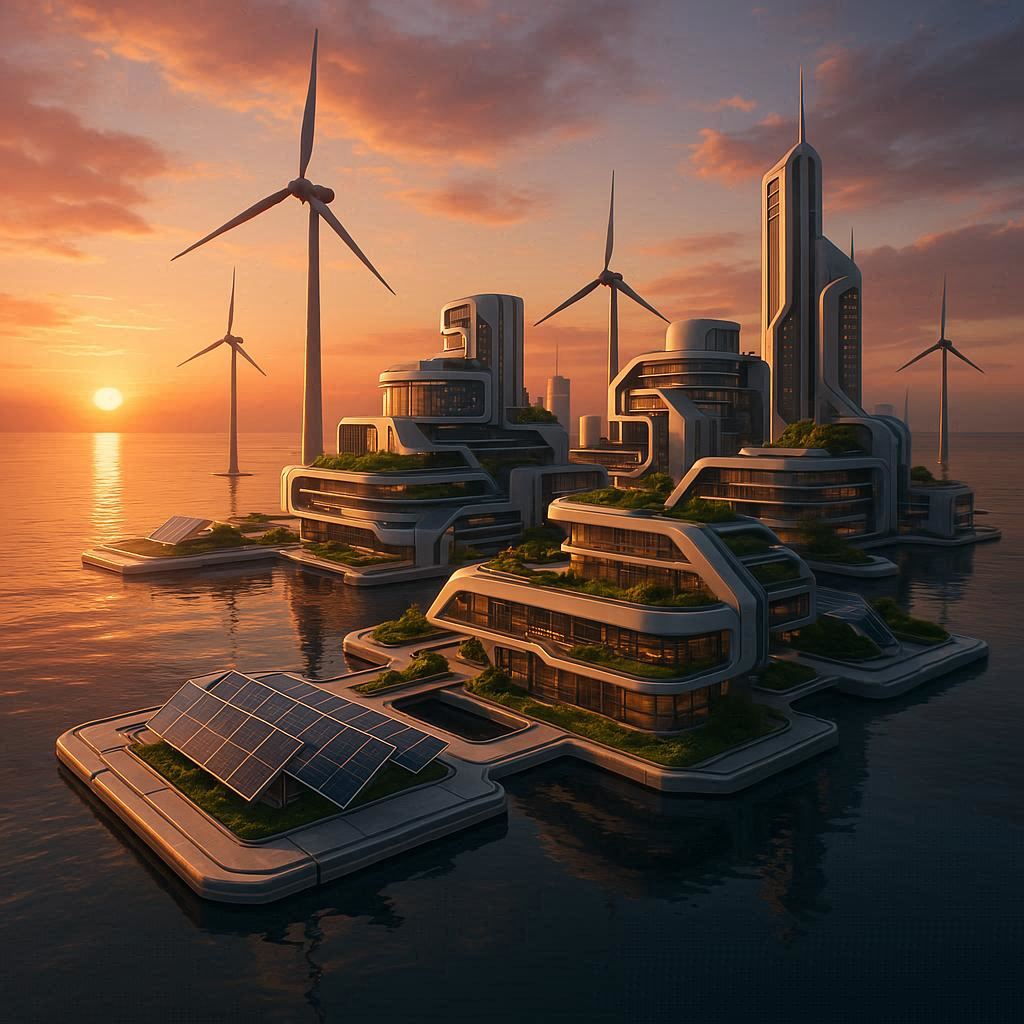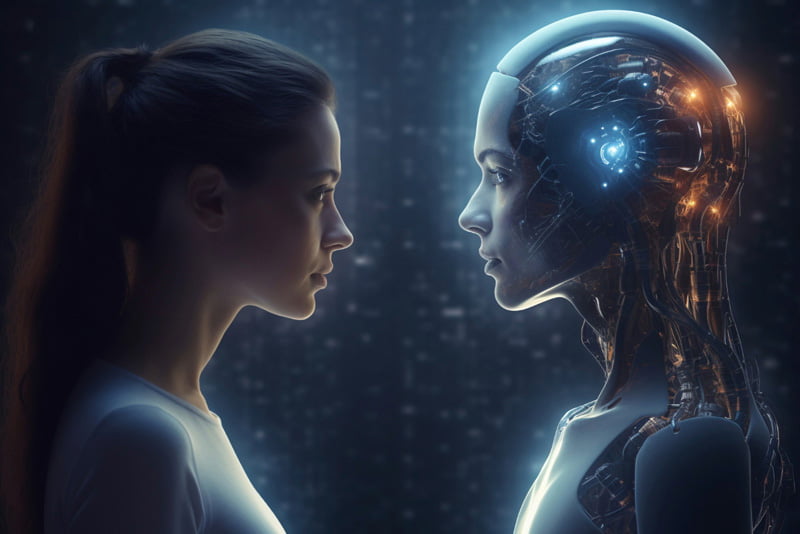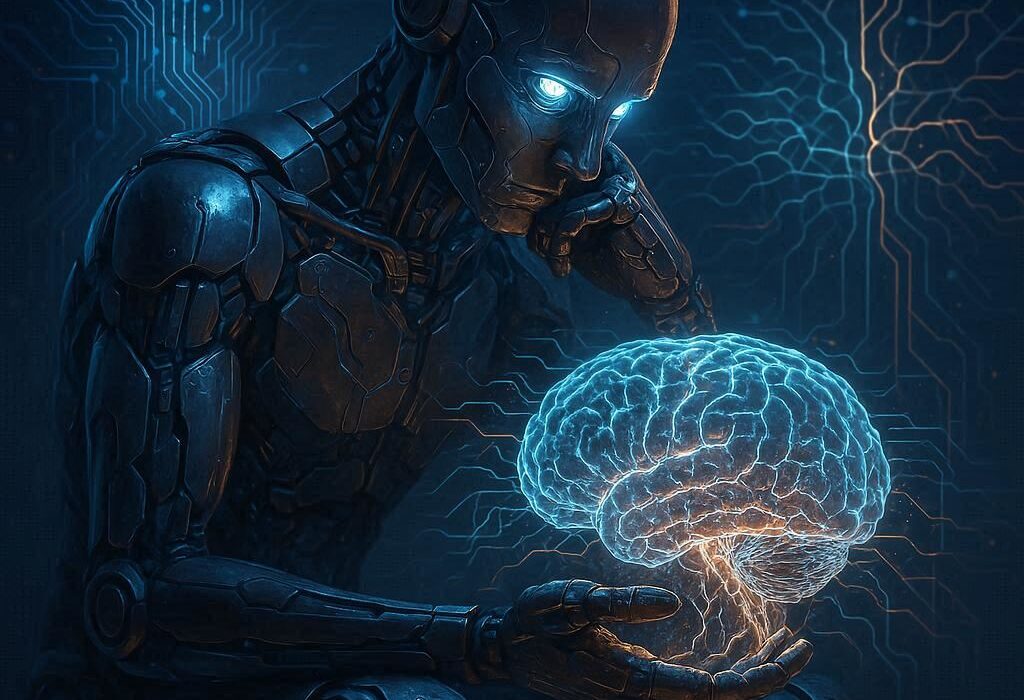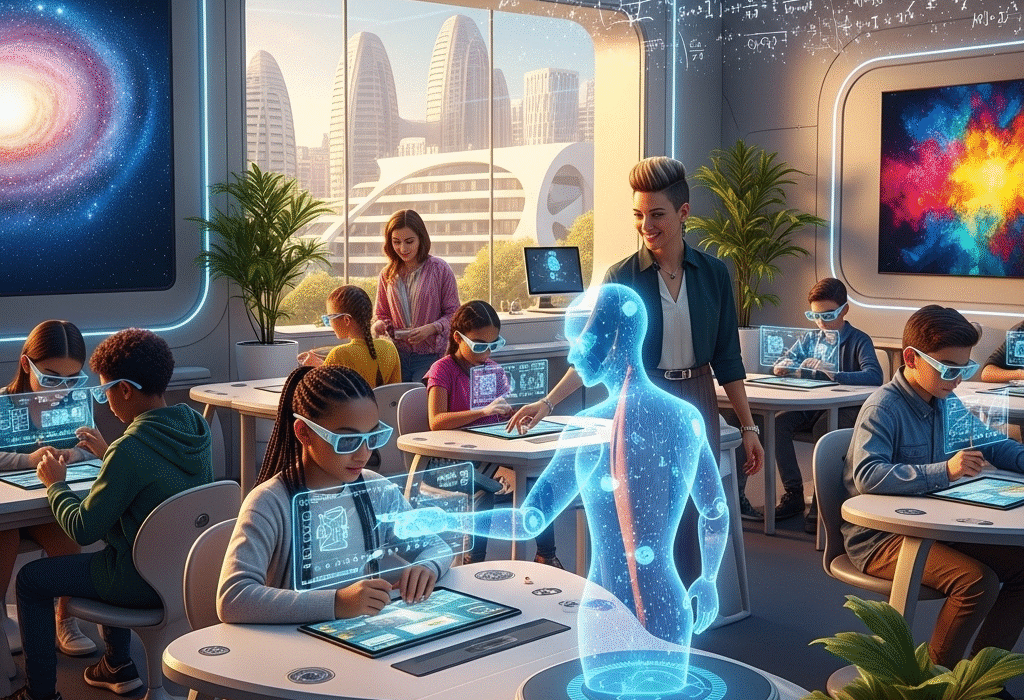Cities have always been more than collections of buildings and streets; they are living organisms, evolving with the technologies that sustain them. The rise of agriculture gave birth to the first settlements. The steam engine powered industrial cities. Electricity and the automobile reshaped skylines and lifestyles in the twentieth century. Now, in the twenty-first century, a new technology is emerging—one that promises not just incremental improvement, but a fundamental reimagining of what it means to live in an urban environment. This technology is the fully integrated smart city, driven by artificial intelligence, ubiquitous sensors, renewable energy, and quantum-level connectivity. It is not one invention, but a convergence of many, weaving themselves into the very fabric of urban life.
The shocking nature of this transformation lies in its scope. Unlike previous revolutions, which altered specific sectors, this one touches everything—transportation, healthcare, governance, housing, commerce, and even the way people experience time and space within their city. The promise is staggering: urban centers that think, respond, and adapt in real-time, functioning as ecosystems where human beings and machines collaborate to sustain life more efficiently than ever before.
The Rise of the Intelligent City
At the heart of this transformation is the ability of cities to become intelligent entities. In the past, urban infrastructure was passive. Roads were built and repaired when they crumbled. Electricity flowed one way, from plant to home, with little regard for efficiency. Water systems were maintained reactively, often after failures had already occurred. But with the advent of advanced sensor networks and artificial intelligence, this passivity is ending.
A smart city is, in essence, a city that senses and learns. Sensors embedded in roads, bridges, water pipes, and power grids collect real-time data, transmitting it to central systems governed by AI algorithms. These algorithms can predict failures before they occur, reroute resources instantaneously, and even optimize systems for efficiency and sustainability. A bridge embedded with stress sensors no longer collapses suddenly—it signals its need for maintenance long before danger arises. An electrical grid doesn’t just deliver power—it redistributes energy intelligently, pulling from solar panels on rooftops when the sun shines and from wind farms when the night wind rises.
This level of intelligence transforms urban management from reactive to proactive. It is the difference between a doctor treating illness and a doctor predicting and preventing disease. For the first time in human history, cities will not merely host life but actively sustain it.
The Shock of Autonomous Mobility
Perhaps the most visible transformation of future cities will come in the realm of mobility. The automobile, once celebrated as the great symbol of freedom, has become the source of some of the most pressing urban problems: traffic congestion, pollution, accidents, and vast swaths of land sacrificed to parking lots. The shocking technology set to overturn this is the arrival of autonomous electric vehicles, coordinated by citywide AI systems.
Imagine a city where cars drive themselves, communicating constantly with one another and with infrastructure. There are no traffic lights, because intersections are coordinated seamlessly by AI. Congestion is eliminated, as vehicles accelerate and decelerate with perfect timing. Collisions become a rarity, saving millions of lives worldwide. Parking lots vanish, because cars are no longer private possessions but shared fleets, summoned on demand like taxis and sent away when no longer needed.
Beyond cars, mobility itself will diversify. Urban air mobility—electric vertical take-off and landing craft—will rise above clogged streets, creating aerial corridors for short-distance travel. High-speed autonomous trains will link districts and suburbs, creating a web of connectivity that blurs the boundaries of the city. For the first time since the advent of the automobile, cities will reclaim their streets for people rather than machines. Parks, playgrounds, and public spaces will bloom where asphalt once dominated.
Energy as a Living Network
No transformation of cities can occur without energy, and here too, technology is rewriting the rules. The old model of centralized power plants delivering electricity to millions is being dismantled by a distributed, renewable, and intelligent energy network. Solar panels on rooftops, wind turbines on outskirts, and even kinetic pavements that generate electricity from footsteps will form a mosaic of energy production.
The shocking leap comes with the integration of these sources through smart grids and energy storage technologies. Homes will no longer be mere consumers of power—they will be producers, feeding excess solar energy into the grid during the day and drawing from it at night. Electric vehicles themselves will double as mobile batteries, storing energy and releasing it when demand peaks.
Artificial intelligence will orchestrate this symphony of energy, ensuring no watt is wasted. Blackouts will become relics of the past, as systems automatically reroute power in milliseconds when disruptions occur. Even more transformative will be the role of quantum computing in predicting energy flows across vast networks, optimizing performance at levels unimaginable with today’s technology. Cities of the future will not merely consume energy—they will live and breathe it, as dynamic organisms powered by renewable, resilient, and adaptive systems.
Healthcare Without Walls
Another frontier where smart technology shocks the imagination is healthcare. Cities have always been centers of medical innovation, but access to care has been uneven, and hospitals are often overwhelmed. The new era of urban life will see healthcare integrated into the daily fabric of the city, dissolving the walls of traditional institutions.
Wearable devices and implantable biosensors will monitor vital signs continuously, sending real-time health data to AI-driven platforms. These systems will detect anomalies long before symptoms appear, alerting doctors and patients to intervene early. A diabetic resident will no longer need to visit a clinic to adjust insulin levels—the system will adjust automatically, in consultation with human doctors. Epidemics will be tracked instantly through anonymized data, allowing cities to contain outbreaks before they spread.
Even the built environment itself will become a health tool. Buildings will monitor air quality, adjusting ventilation to reduce allergens or pathogens. Public spaces will use ultraviolet sanitation to suppress disease transmission. Nutrition, exercise, and mental health will be supported not just by individuals but by the city as an active partner in wellness. The result will be a city that acts like a guardian of health, blurring the line between public infrastructure and personal care.
Buildings That Breathe and Think
The skyline of tomorrow will not merely rise higher but will come alive with intelligence. Traditional skyscrapers are static monuments, but future buildings will be adaptive ecosystems. Constructed from smart materials embedded with nanotechnology, they will adjust their shape, transparency, and insulation in response to changing conditions. Windows will tint automatically to reduce glare and heat, walls will capture and recycle rainwater, and facades will generate electricity from the sun.
Inside, AI-driven systems will control lighting, temperature, and ventilation not only for efficiency but also for human well-being. Offices will sense when workers are fatigued and adjust environments to restore alertness. Homes will learn the habits of their inhabitants, ensuring comfort while reducing waste. Construction itself will be revolutionized by 3D printing, allowing buildings to be erected with unprecedented speed, flexibility, and sustainability. Entire districts could rise in months rather than years, with materials tailored to minimize environmental impact.
Cities will no longer be collections of inert stone and steel but living organisms—breathing, sensing, and adapting to the needs of their residents.
Governance in the Age of Data
Perhaps the most profound transformation lies not in machines but in governance. How cities are managed determines the quality of life for their inhabitants, and the shocking potential of technology is to bring unprecedented transparency, efficiency, and responsiveness.
Data will be the new civic currency. Every interaction—between citizens, infrastructure, and services—will generate streams of information. AI systems will analyze this ocean of data to guide decision-making. Traffic flow, energy use, crime patterns, and economic trends will be visible in real-time dashboards accessible to both officials and the public.
Democracy itself will evolve within smart cities. Citizens will participate in decision-making through digital platforms, voting on issues in real time or proposing changes directly. Corruption, long a plague of urban governance, will be harder to conceal in a system where every transaction is recorded on secure blockchain ledgers. The city will no longer be an opaque bureaucracy but a transparent organism, where residents and leaders collaborate continuously.
Yet this transformation is not without challenges. Questions of privacy, surveillance, and equity loom large. Will cities become too dependent on data, vulnerable to cyberattacks? Will marginalized communities benefit equally, or will they be left behind? The shocking technology that can liberate cities also carries the risk of control and exclusion. The challenge for humanity will be to harness this power without losing the essence of freedom and dignity.
The Human Dimension
For all the dazzling technologies that will shape the cities of tomorrow, the ultimate measure of transformation will not be machines but people. A city exists not for its infrastructure but for the lives it shelters. The shocking power of smart urban technology lies in its potential to free human beings from drudgery, danger, and alienation, giving them back time, space, and community.
Children will grow up in cleaner air, no longer threatened by the smog of traffic. Commuters will spend less time stuck in gridlock and more time with their families. Public spaces will flourish, bringing people together across cultural and economic divides. Artists and thinkers will thrive in environments designed to nurture creativity. The city of the future will not only be intelligent—it will be humane.
The greatest danger is that in pursuing efficiency, cities could forget the value of imperfection and spontaneity. Human beings are not algorithms; they thrive on unpredictability, on the serendipity of encounters, on the texture of history embedded in old streets and neighborhoods. For the future city to truly succeed, it must not only integrate technology but also preserve the soul of urban life.
A Glimpse Into Tomorrow
Standing at the threshold of this revolution, it is difficult not to feel both awe and unease. The shocking technology that will transform cities forever is not science fiction—it is already emerging in pilot projects from Singapore to Dubai, from Shenzhen to Barcelona. Autonomous buses already glide through test districts. Buildings with living facades rise in experimental neighborhoods. Smart grids balance renewable energy in real time.
The trajectory is clear: cities are becoming intelligent, adaptive, and alive. The question is not whether this transformation will occur, but how it will be guided. Will it be driven by profit alone, or by a vision of human flourishing? Will it deepen inequality, or create new possibilities of inclusion? Will cities become fortresses of surveillance, or gardens of freedom?
What is certain is that the cities of tomorrow will not resemble those of today. Just as the medieval town would be unrecognizable to the industrial metropolis, the cities of the late twenty-first century will be unrecognizable to us. They will shimmer with intelligence, pulse with renewable energy, and blur the line between human and machine, natural and artificial.
The shocking truth is that the city itself will no longer be a backdrop to life. It will be a partner, a caretaker, and perhaps even a collaborator in the human story.
Conclusion: The City as a Living Future
Cities have always been crucibles of human possibility, the places where ideas collide, cultures merge, and futures are born. The shocking technology that now rises on the horizon promises to turn cities into living, breathing systems—capable not only of housing humanity but of enhancing it.
We stand on the edge of an era when streets, buildings, and infrastructures are no longer mute but responsive, no longer rigid but adaptive. The future city will sense us, learn from us, and shape itself around us. It will be efficient, sustainable, and resilient. But more importantly, it can be compassionate, creative, and alive with human spirit.
The challenge before us is not whether we can build such cities, but whether we can build them wisely. The shock of this technology is not its existence, but its potential to redefine what it means to live together. If guided with care, the city of the future will not only transform urban life—it will transform humanity itself.






